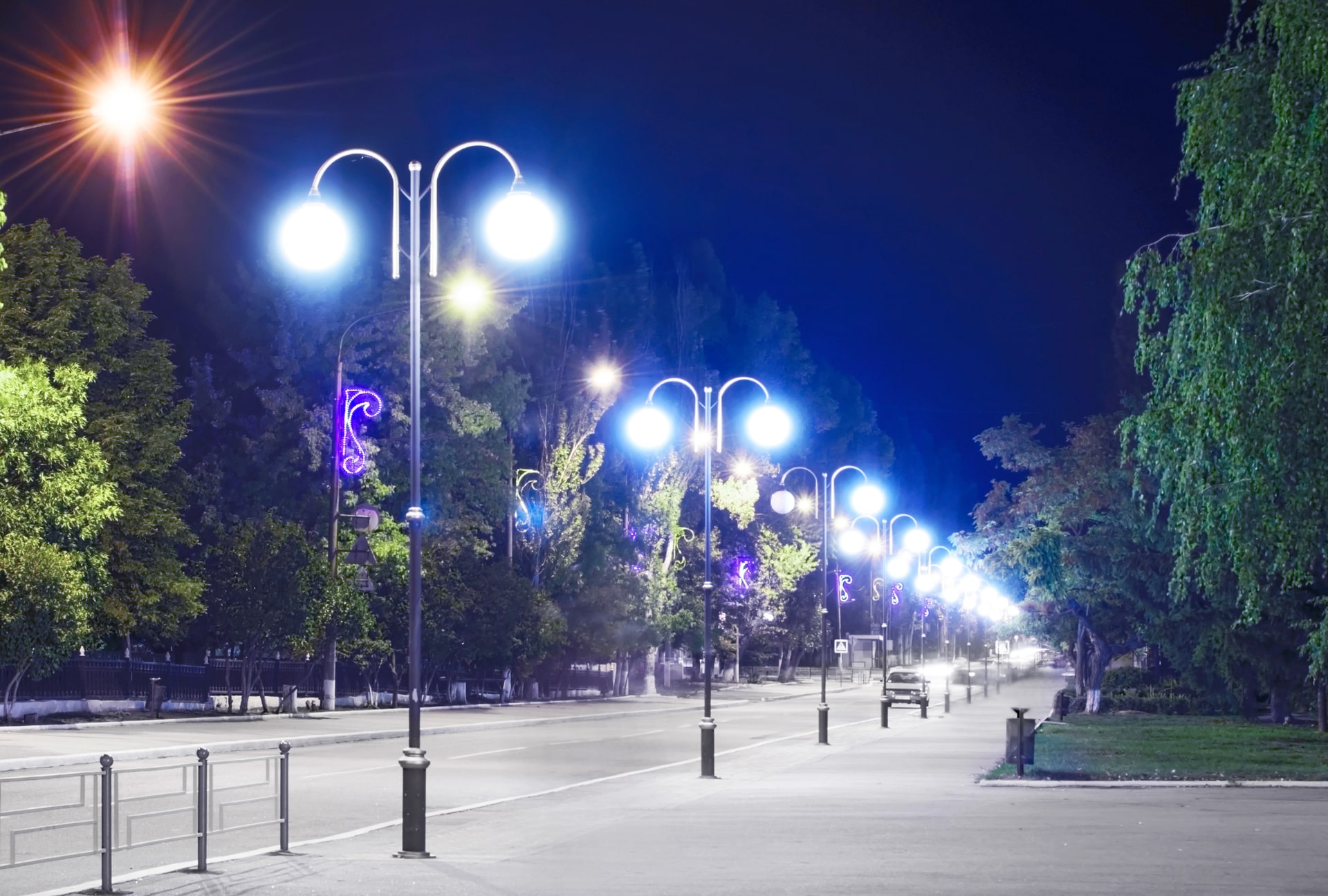How to save energy with street lighting?
Energy savings is a very common topic for many cities, municipalities and villages. In an era of rising energy prices, pandemics, every penny counts, which is why local governments are looking to save money. Of the practices used, it is common to turn off street lighting at night in certain city districts, sports facilities, playgrounds, or to lower the light output of streetlights. What solution might be most effective? It’s worth checking with real-world examples.
Example of street control system use – April 20 to May 20.
The electricity consumption of an average municipality was considered for consideration.
The considered period includes the operation of street lighting at standard settings and 259 h of operating time. By standard settings we mean those with an annual lighting time of 4,030 h.
After calculations, the municipality has to pay PLN 18 130 for electricity. It is, unfortunately, a substantial sum. So how do you implement savings on lighting?
Variant 1
Programming the night break
Introduction of night interruption is possible in practically every street lighting control system. However, this is most conveniently done in cabinets equipped with midiBLUE and CPAnet remote control systems.
Night break in the operation of street lighting from 22:00 to 5:00, the period of lighting in the discussed period will be 49 hours, so the energy fee will be only PLN 3 430.
Savings in street lighting is therefore PLN 14 700 / 1 month.
Variant 2
We program the power reduction
Instead of a night break, for example, a reduction of the night of LED luminaires from 10 p.m. to 5 a.m. to a level of 20% of the nominal power can be implemented.
The above solution is possible in municipalities that have modernized street lighting based on APC-LED power reduction systems and CPAnet, midiBLUE and microBLUE or microBLUE controllers.
n this case energy expenses will amount to PLN 6,370 and monthly savings will drop to PLN 11,760, but the impact on residents will be much less severe than in case of variant I, because the streetlights will still illuminate the streets.
Energy saving not only in big cities
As you can see from the examples of large cities, the solutions presented are possible and the savings are significant. For this reason, it is worth considering power reduction programming in smaller territorial units.
The current situation shows that by using a simple lighting control system we can react in real time and at the same time reduce electricity costs efficiently.





